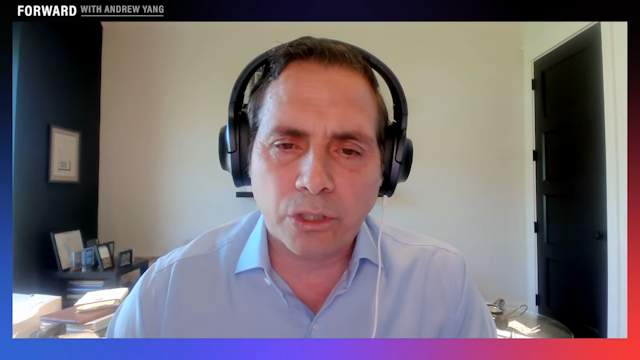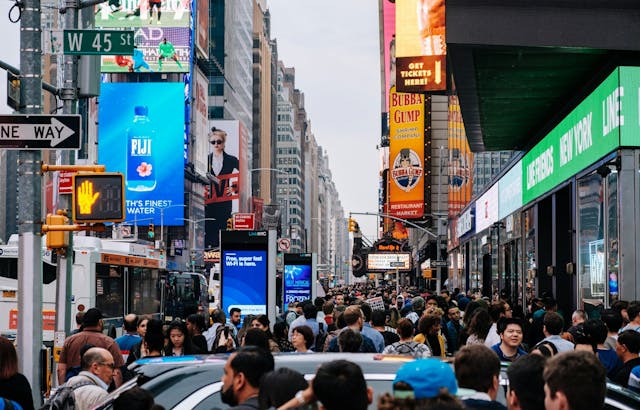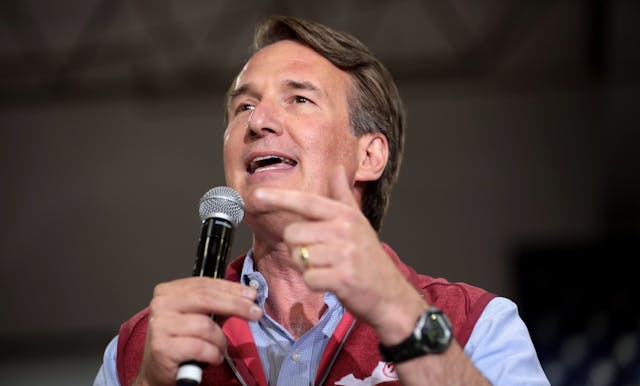8 States Where Party Registration Lags Behind Independent Registration

incline since 2008. In the last two years alone, the number of voters registered without a party preference has increased by hundreds of thousands of voters, increasing the number of states where independent voters exceed party registration.
There are several states that do not require voters to declare their political affiliation when they register to vote. However, of those that do, here are 8 where independent registration makes up a majority or a plurality of voters:
Compared to two years ago, the total number of registered voters in Alaska has increased by 22,903 people, bringing the total number of voters to a little over 500,000 people. A solid majority (276,225 or 54.2%) of these voters have identified as either undeclared or nonpartisan. In contrast, 14 percent are registered as Democratic and roughly 26 percent are registered as Republican. After its recent population growth, Arizona now has the largest independent population (in terms of overall percentage of the electorate).
It was the state with the highest percentage of unaffiliated voters in 2013, but its growth has plateaued since. The Republican and Democratic numbers have stayed consistent as well. Democrats make up about 35 percent of the electorate and Republicans consist of 11 percent. Despite the lack of growth, independents remain the majority in the state and continue to make their presence felt in
It is not a state that gets a lot of attention during major election years, but Idaho is another state where independent registration not only outnumbers party registration, it makes up a majority of the registered electorate. Teetering near 400,000, independents currently make up approximately 51 percent of all registered voters. Meanwhile, Republicans make up 39 percent of the electorate while Democrats make up only 9 percent -- enough to raise the question of whether it should be considered a "major party" in the state.
About 48 percent of registered voters in New Jersey are not affiliated with any party. Out of 5.5 million voters, a little over 2.6 million identify as independent. Democrats follow, making up roughly 32.6 percent of registered voters, while Republicans claim 19.6 percent. The number of independent voters has remained mostly consistent since 2013.
Currently, the EndPartisanship.org coalition is challenging the state's closed primary system, claiming that it gives the Republican and Democratic Parties a monopoly on elections in the state while denying nearly half the electorate full, equal, and meaningful participation in the election process. Interestingly enough, all of the states on this list either have closed/semi-closed primaries or allow the major parties to decide who gets to vote in taxpayer-funded primary elections.
Like Massachusetts, Connecticut’s previous growth of unaffiliated voters has stagnated since IVN's last tally. However, they have retained their plurality of 42 percent. Over 900,000 individuals do not identify with a party, as opposed to over 400,000 Republicans and almost 800,000 Democrats. In Connecticut, 20 percent of registered voters identify as Republican, as opposed to 36 percent who associate with the Democratic Party.
Iowa’s percentage of unaffiliated voters has reached a high of 38 percent or slightly over 800,000 people. Republican and Democratic registration is unusually equal at 30.9 percent, meaning Iowa remains a key battleground state in statewide and presidential elections. Both Republicans and Democrats can claim roughly 660,000 people, with Democrats leading by a measly 1,000 voters.
Maine closely follows Iowa, possessing almost 380,000 voters (37% of the total electorate) who identify as independent voters. Democrats follow with 32 percent, then Republicans with 27 percent. Maine is another state where independent voters flex their muscles in statewide elections. U.S. Senator Angus King is not only one of the two independents in the Senate, but is a former governor.
Like Maine, unaffiliated voters make up 37 percent of Colorado’s electorate. Out of its population of roughly 3.5 million, 1.3 million identify as independent. However, unlike Maine, the gap between Colorado’s Republicans and Democrats is not so pronounced. Democrats make up 30.5 percent of registered voters, while Republicans hold onto 31 percent.
Rhode Island, Arizona, and New Hampshire also show promising signs of an unaffiliated plurality, but registration numbers have either not been fully released for 2014 or make it hard to distinguish unrepresented third-party voters from independent voters.
The recent growth in unaffiliated voters, both self-identified and registered, could be due to a variety of factors. One reason could be that split-ticket voting is becoming more attractive to voters, or they could just be tired of partisan politics blocking government productivity. Many voters also feel alienated from political parties because they don't think their interests are being represented.
As the incline continues, it will be interesting to observe which states join those listed above in the coming years -- especially with a major presidential election just one year away.
Did we leave out any states? Let us know in the comment section.
Image: American Spirit / shutterstock



